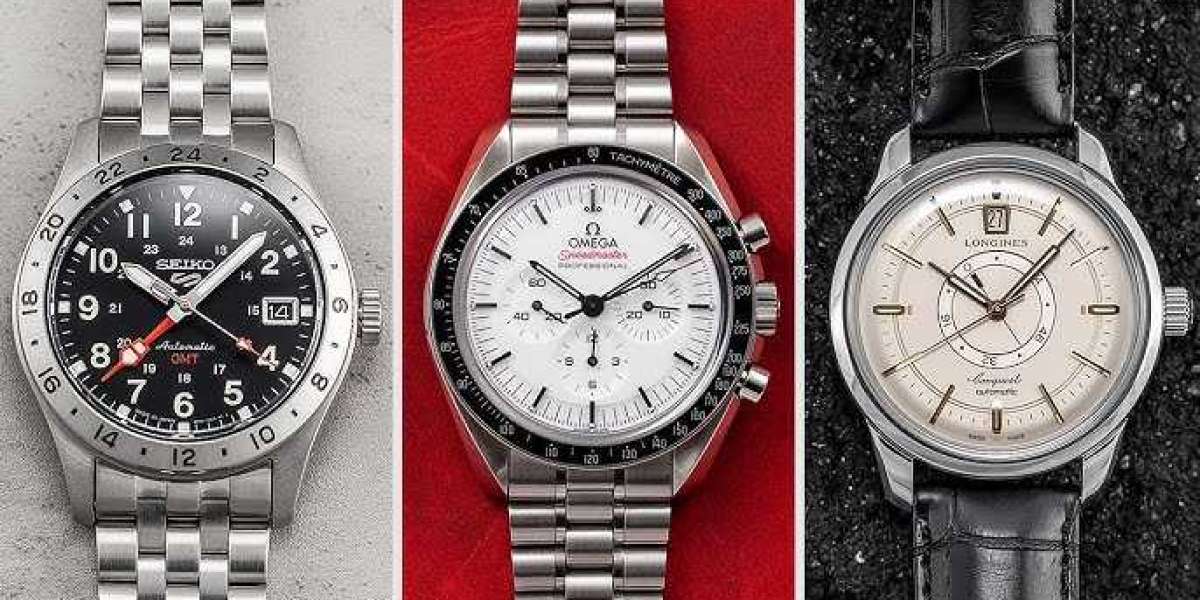modular watch making represents a modern approach to designing and assembling watches, where components are created as separate, interchangeable modules. This method allows for greater customization, easier repairs, and enhanced innovation, marking a significant evolution from traditional integrated watch construction.
What Is Modular Watchmaking?
In modular watchmaking, a watch is built from distinct modules — such as the movement, dial, case, bezel, and complications — that can be independently designed, manufactured, and assembled. This contrasts with conventional watches, where many components are integrated into a single unified system.
How Modular Watchmaking Works
Separate Functional Modules: For example, the core timekeeping movement can be paired with an add-on chronograph module or calendar module.
Interchangeable Parts: Cases, bezels, and straps can be swapped without altering the movement.
Simplified Assembly and Servicing: Each module can be replaced or repaired independently, reducing complexity and cost.
Advantages of Modular Watchmaking
Customization: Consumers can tailor their watch by choosing different modules — colors, functions, or materials — creating a personalized timepiece.
Upgradability: Users can upgrade or add new complications without buying a completely new watch.
Easier Maintenance: Repairing or servicing a single module is faster and more cost-effective.
Innovation Friendly: Brands can experiment with new features or designs by swapping modules without redesigning the entire watch.
Examples of Modular Watches and Brands
TAG Heuer Modular Connected: Allows users to swap digital modules with traditional mechanical parts.
NOMOS Glashütte: Offers modular movements and strap systems for enhanced customization.
Ming Watches: Uses modular case designs to allow flexibility in style and function.
Challenges and Considerations
Engineering Complexity: Ensuring secure connections and precise alignment between modules demands advanced engineering.
Potential Bulkiness: Modular designs can sometimes be thicker or heavier due to additional layers.
Cost of Development: Creating modular components requires investment in design and manufacturing processes.
The Future of Modular Watchmaking
As consumers increasingly seek personalized products, modular watchmaking aligns well with this trend. The combination of craftsmanship and flexibility paves the way for hybrid watches blending mechanical artistry with smart technology.
Final Thoughts
Modular watchmaking is revolutionizing how watches are designed, worn, and maintained. By breaking down timepieces into flexible building blocks, this approach offers unprecedented personalization, convenience, and innovation — making it an exciting frontier in modern horology.



